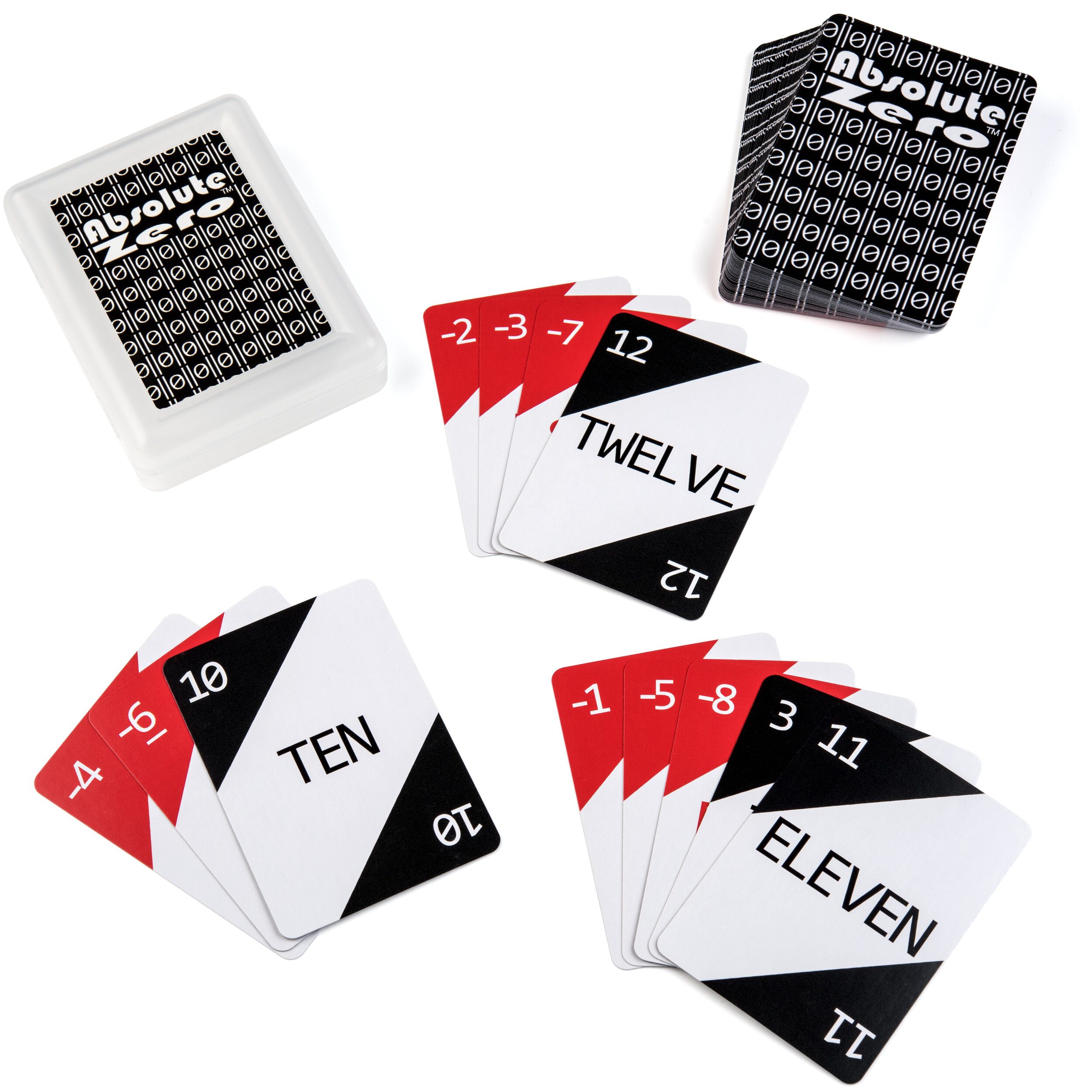Make it Fun!
With Integers
The third of four things we need to do when teaching math so kids will remember.
As Cydni Lauper says “ Girls just Want to Have Fun”, but honestly, who doesn’t want to have fun? I have found that by making my classroom (or the kitchen table for my own children) a fun and welcoming place, students look forward to class and are more receptive to the lessons and learning I plan for them.
Although it is not all fun and games in math class, I try to incorporate as many engaging activities as possible.
It has been shown that “games may help educators make math meaningful and may motivate learners to get involved and participate actively in the learning activities in the context” (Demirbilek & Tamer, 2010).
Technology can be a wonderful way to incorporate this motivation as it offers many fun and interactive ways to learn, but I feel there is something to be said for students learning to play games together.
Math-related card games are one of the game types my students enjoy learning together the most. One of the best card games I know to review and reinforce integer skills with my students is Integer War.
In the early years, I would collect old decks of playing cards and bring them to school. Two students would each flip over a card and the first student to say the correct sum (for addition war) or product ( for multiplication war) won the two cards.
The player with the most cards at the end won.
I have the entire class playing at the same time.
Winners collect a ticket from me after each round - the person with the most tickets at the end of the period wins a small prize. I try to match winners up with winners and non-winners up with non-winners after each round to have students of similar abilities playing each other.
It gets a bit noisy, but kids have fun and practice integer facts.
At my suggestion, many students would go home and play with family members. They loved beating mom, dad, or an older sibling. I even have students in my room before school and at lunch to play Integer War for fun!
Playing Integer War rules are straightforward with red cards representing negative numbers and black cards positive. Of course, if we want to practice with numbers higher than 10, students have to remember that J’s are 11, Q’s are 12, and K’s are 13 (as well as Ace’s having a value of one).
This is bit much while trying to remember integer rules and be quick!
So, I created my own deck of integer cards and a signature game.
As a math specialist, I had the opportunity to visit many different grade levels and assist teachers. This is when it became clear that middle school students need more practice with the concept of negative numbers, what absolute value is, and that opposites, when combined, equal zero.
Hence the birth of Absolute Zero.
In this game, the first person with nothing (zero) wins. There are several variations to the game that change the difficulty level and strategy needed to successfully play.
Directions for all the games that can be played with the Absolute Zero deck of cards are included with the deck.
The Debrief
It used to be said that we learn by doing; now we know learning comes from thinking about what we do.
There have been recent research studies showing us that metacognition, or the awareness and understanding of one's own thought processes, is an important factor in student achievement (Schwartz, 2016).
Therefore, I feel it is very important to have students share strategies after game play. This can be done verbally or in writing.
I often have students make a poster “How to win at ... (fill in game name here)”. This allows students to verbalize not only game rules but strategies for playing to win.
Another idea is to create game situations and ask students what they would do and why. In Absolute Zero I create situations like the one pictured here. ”You are playing a 5 card hand of Absolute Zero, this is your hand and it’s your turn - what do you do? Give students time to think, discuss, and share. These game situations also make good Number Talks!
Make it fun is one of the four things every teacher should do when teaching integers so kids will remember. It also happens to be my favorite!
Subscribe to my newsletter to receive next weeks blog post on the 4th and final strategy for teaching integers so kids will remember.
Get the latest blog post and subscriber only discounts delivered right to your in box





